Recently updated on September 19th, 2025 at 01:48 am
Lapped by the balmy Indian Ocean just south of India, and home to everything from ancient sites to wildlife hotspots, Sri Lanka packs a world of destinations into its modest 65,610km² footprint. Formerly known as Ceylon, this teardrop-shaped isle has nine provinces offering a plethora of adventures – check out this handy map to get your bearings.
Buzzing cities and tropical beaches fringe its 1,340km coastline – including the capital Colombo, colonial Galle, idyllic Bentota and peaceful Trincomalee – while the interior is a verdant patchwork of tea-covered mountains, rainforests, and wildlife-rich national parks like Yala and Udawalawe. In the Cultural Triangle, sacred landmarks like Kandy’s Temple of the Tooth and Anuradhapura’s towering stupas highlight a heritage stretching back 2,500 years, where the original soul of Buddhism continues to flourish. And even though the Portuguese, Dutch and British colonial powers are long gone, their influences live on in the island’s architecture, culture and cuisine.
But knowing when to visit Sri Lanka is key – not only to sidestep the peak-season crowds, but also for ease of getting around and making the most of its variable conditions – after all, this tropical hotspot has distinct wet and dry seasons, and two monsoons. Here, we break everything down by season, region and reason – so all that’s left for you to do is book your escape to the ‘Pearl of the Indian Ocean’…
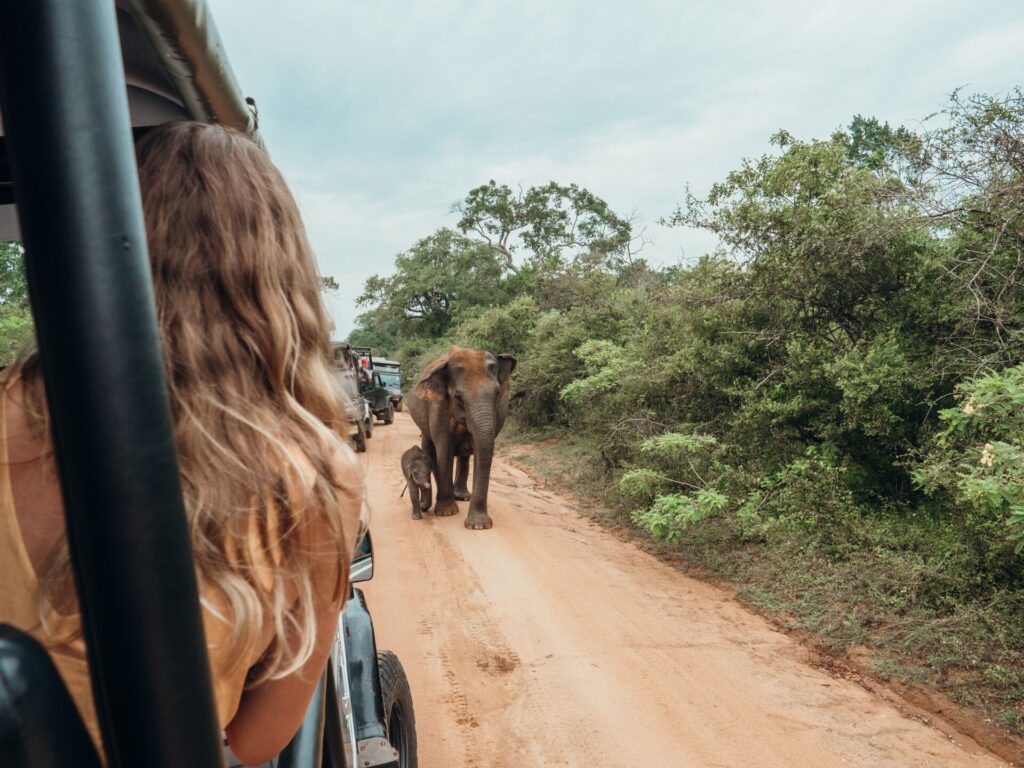

Overview: How Sri Lanka’s Climate Affects Travel
As it’s just north of the Equator, Sri Lanka’s climate is warm and tropical all year round, with the average national temperatures sitting between 28-30°C, and the surrounding ocean holding steady at 27-29°C throughout the year. But while temperatures remain stable, the island’s unique dual-monsoon system means travel conditions can vary – conventional seasons like summer and winter don’t apply here. Instead, different parts of the country experience alternating wet and dry periods.
The southwest monsoon (locally known as Yala, but not to be confused with the national park of the same name) brings rain to the southern and western regions between May and August, while the northeast monsoon (Maha) affects the north and east from October to January. As a result, the driest and sunniest time on the south and west coasts runs from December to March – also the peak tourism season. Conversely, the east coast is best explored between May and September when conditions are at their driest, while the shoulder months of April and September to October can bring good weather across the island, with fewer crowds. This varied weather pattern means there’s always somewhere in Sri Lanka that’s in season – making it ideal for year-round adventures. And while heavy monsoonal rains can occasionally cause flooding and disrupt travel, especially in the rural or mountainous regions, most areas remain accessible.
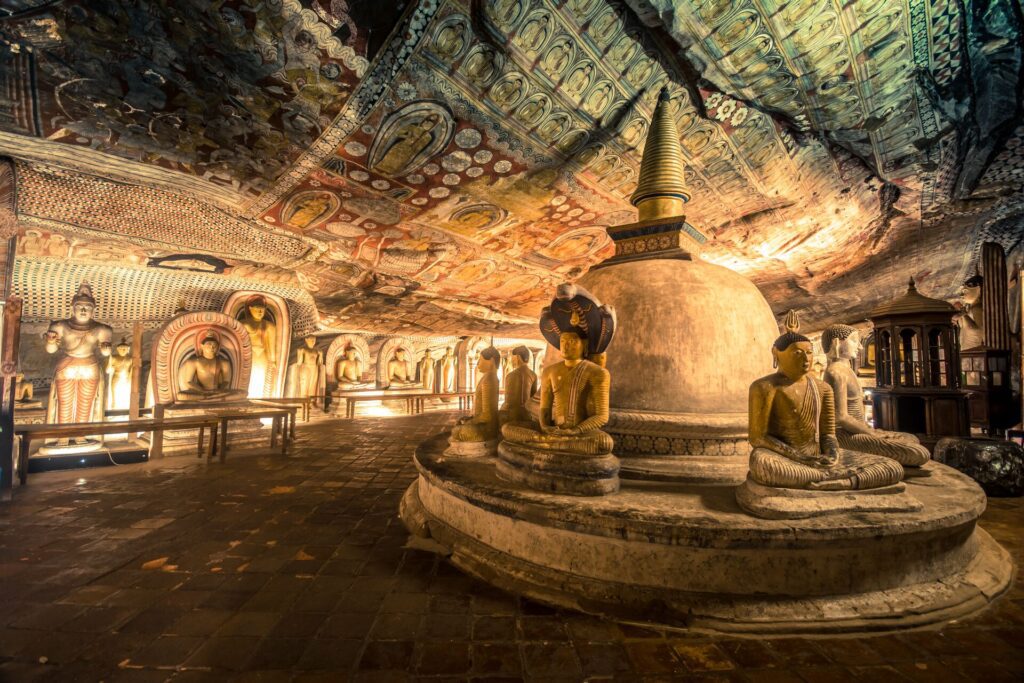

Best Times to Visit by Travel Style
Sri Lanka’s weather varies by region, so the best time for your holiday depends on which highlights top your travel wish list – whether that’s wildlife sightings, cultural immersions, beach retreats, or a combination of all three.
December to March – Best for West and South Coast Beaches
These are the driest, sunniest months along the west and south coasts, with calm seas and low humidity – ideal for beach stays in Colombo, Bentota, Galle, Mirissa and Tangalle. It’s also the busiest travel period for both local and international holidaymakers, particularly from mid-December and in January, when accommodation and attractions are in high demand. With clear skies further inland, this is also a great time to explore the tea plantations and highland towns like Ella and Nuwara Eliya. Wildlife viewing peaks in parks such as Udawalawe, known for its elephants, and Yala National Park, where the dry season’s thinned-out vegetation makes it easier to spot leopards.
April and September to October – Best for Exploring the Whole Country
In these shoulder months, rainfall is generally lower across the country, and with fewer visitors, you’ll find it easier to experience popular sites along the coast as well as in the highlands. Within the island’s Cultural Triangle, the ancient cities of Anuradhapura, Polonnaruwa, Sigiriya and Dambulla take centre-stage, with their monumental stupas, palace ruins and sacred temples more comfortable to explore in mild, dry weather. Kandy – home to the revered Temple of the Tooth – is also pleasant, making it a good time for lakeside walks, garden visits and cultural encounters. If you’re planning to climb Sigiriya’s dramatic rock fortress, the clear, warm mornings of April and October are ideal. Galle Fort is also at its best, with warm, dry weather and fewer crowds in its cobbled streets. Gal Oya and Kaudulla national parks offer great elephant sightings at this time too, with the thirsty pachyderms drawn to shrinking water sources during the dry inter-monsoonal periods.
May to August – Best for Fewer Crowds and East Coast Travel
The east coast is a true tropical playground at this time, with sunny skies and calm seas around Trincomalee, Passikudah and Arugam Bay. This is also prime season for watching blue and sperm whales, and for snorkelling – particularly around the coral reefs of Pigeon Island National Park. With fewer travellers across the country, it’s also a quieter time to head inland, especially to see the national parks. In Minneriya, this is when the early stages of the ‘Gathering’ begin – a dry-season phenomenon where hundreds of elephants come together at the main reservoir.
Our 16-day Authentic Sri Lanka holiday unveils all of the Emerald Isle’s must-sees, from Bentota’s beaches to Yala’s wildlife, the Cultural Triangle’s ancient wonders, and beyond.
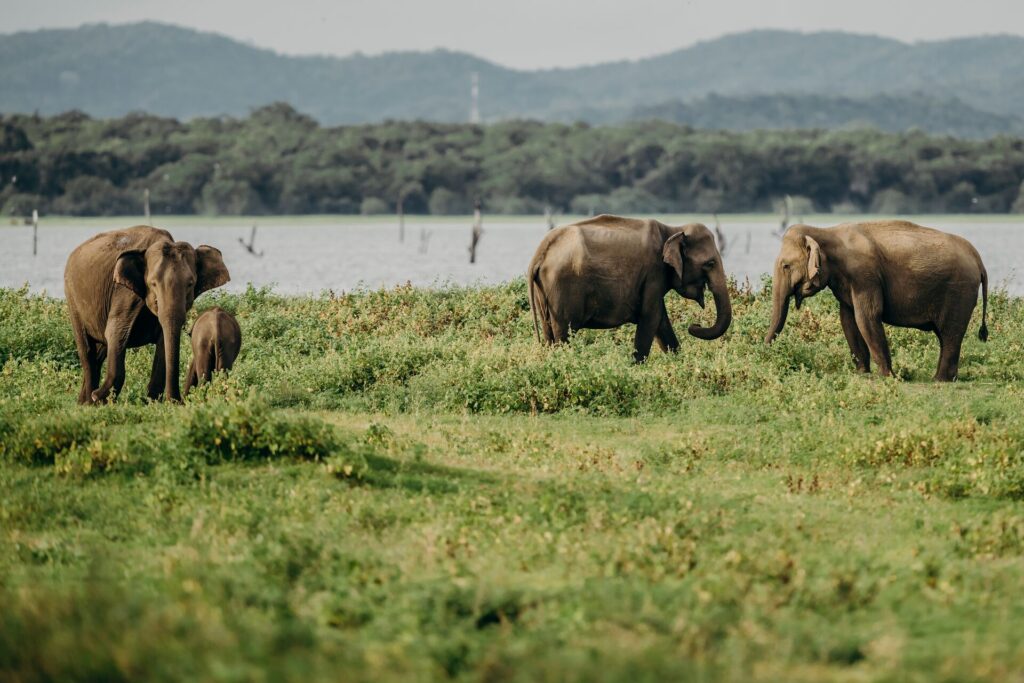

Month-by-Month Guide to Visiting Sri Lanka
From dry-season safaris to hill country wanders and coastal retreats, consider this your year-round calendar of what to expect across the island.
January in Sri Lanka
This is peak beach season on the west and south coasts, especially around Bentota, Galle, and Mirissa. Coastal resorts and cultural sites are crowded, with prices at their highest. Wildlife viewing is excellent in Yala and Udawalawe, where dry conditions draw animals to exposed waterholes. In the central highlands, towns like Ella and Nuwara Eliya offer cool mornings ideal for tea estate walks, mountain hikes, and rail journeys.
February in Sri Lanka
February is dry, sunny, and ideal for combining west coast beach breaks with cultural excursions. Sites like Dambulla, Sigiriya and Polonnaruwa are at their most accessible – but also at their busiest. Leopard sightings remain strong in Yala due to sparse vegetation and limited water. The highlands are crisp and scenic, with Haputale, Nuwara Eliya and Ella offering excellent conditions for walking trails, gardens and rail journeys.
March in Sri Lanka
March marks the tail end of peak season on the south and west coasts, with Hikkaduwa and Tangalle continuing to lure beach seekers and Bentota and Galle still busy. Conditions are ideal for exploring the Cultural Triangle and Kandy, or riding the highland trains through tea country. And in the northwest, Wilpattu National Park reopens as the dry season returns to the region.
April in Sri Lanka
April brings warm, dry weather across much of the island, making it ideal for coast-to-coast travel. It’s a great time to visit the beaches of the south and west, walk the ramparts of Galle Fort, and explore the Cultural Triangle before the rains return. Sinhala and Tamil New Year celebrations take place this month, and the highlands are especially bright and scenic.
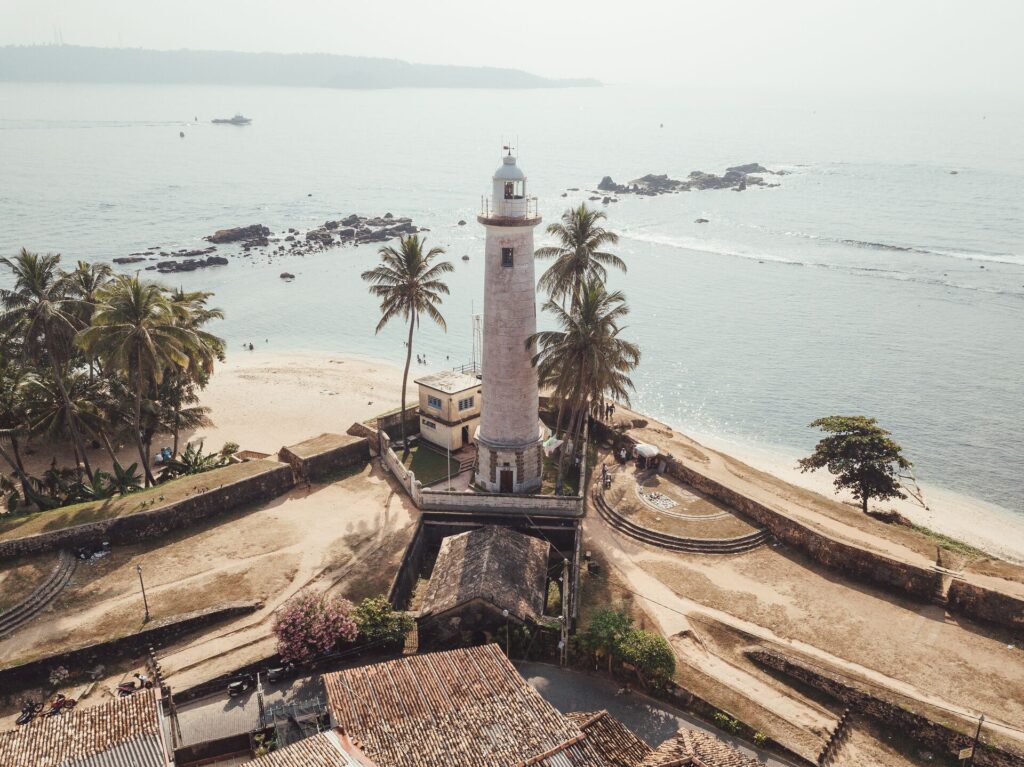

July in Sri Lanka
The east coast is still your best bet for beaches. Dry weather continues in the Cultural Triangle, while elephants begin gathering in Minneriya and Kaudulla. And the Esala Perahera, one of Sri Lanka’s major festivals, is typically held this month (or August), drawing crowds to Kandy.
August in Sri Lanka
August is a top time for east coast snorkelling, with low winds and good visibility around Passikudah and Pigeon Island. Wildlife viewing peaks at Minneriya, with as many as 300 elephants congregating at its reservoir – sometimes more. Cultural sites in the north-central plains, including Anuradhapura and Polonnaruwa, remain dry, though domestic holidaymakers can add to crowds. The southwest remains rainy, and in the highlands around Nuwara Eliya and Ella, you can expect intermittent downpours.
September in Sri Lanka
A time of transition, September brings continuing dry weather to the east and a gradual return of clearer skies to the west. Arugam Bay and Trincomalee are still good for coastal stays, while rewarding elephant sightings continue in Minneriya. Crowds ease across the Cultural Triangle, and although the highlands remain damp, gardens and tea plantations around Haputale and Nuwara Eliya are especially lush. In the south, Yala National Park’s Block 1 – its most accessible, wildlife-rich zone – closes from the start of the month for annual maintenance.
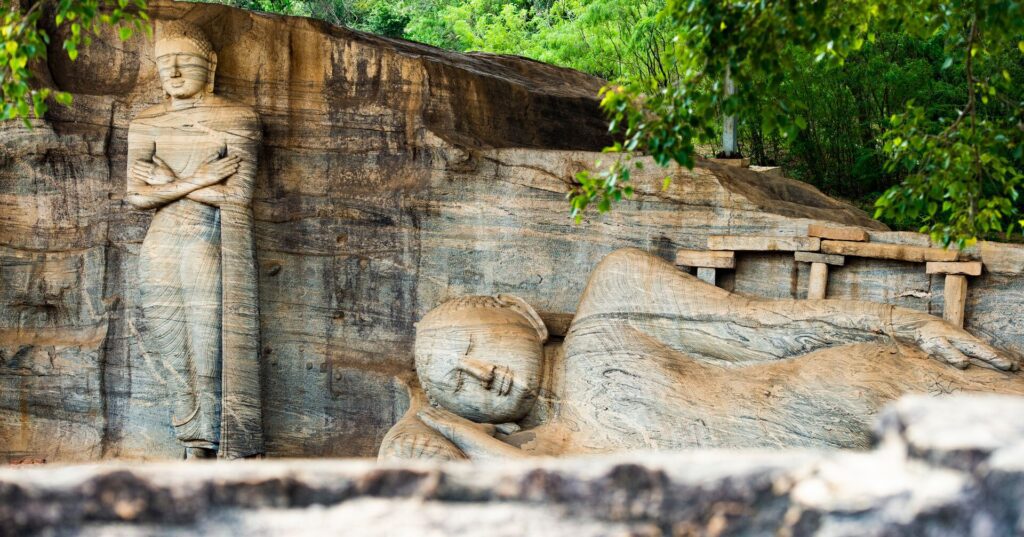

October in Sri Lanka
October marks the inter-monsoonal period, with short but intense rainfall affecting most regions. While it can be unpredictable, it’s a quieter time to explore major sites like Sigiriya, Polonnaruwa and Dambulla, which see fewer tourists. Yala National Park’s Block 1 is usually closed until mid-month, although reopening dates vary depending on rainfall.
November in Sri Lanka
Maha – the northeast monsoon – settles in, making the east coast less suitable for beach breaks. The south and west coasts start drying out, and places like Hikkaduwa and Bentota see early-season sunshine. Cultural sites such as Dambulla and Sigiriya become easier to access, while the highlands remain variable, with mist and rain common around Ella, Haputale and Nuwara Eliya.
December in Sri Lanka
December marks the return of the dry season on the south and west coasts, and beach towns like Galle and begin to fill with travellers. Yala and Udawalawe offer excellent wildlife viewing, and the Cultural Triangle becomes more accessible as the rains ease. In the highlands, cooler temperatures and occasional mists give Nuwara Eliya and Ella a moody, atmospheric vibe.
Adventure World’s 11-day Wildlife of Sri Lanka holiday takes you deep into four fauna-filled national parks to offer the best possible chance to encounter leopards, elephants, hornbills, and more.
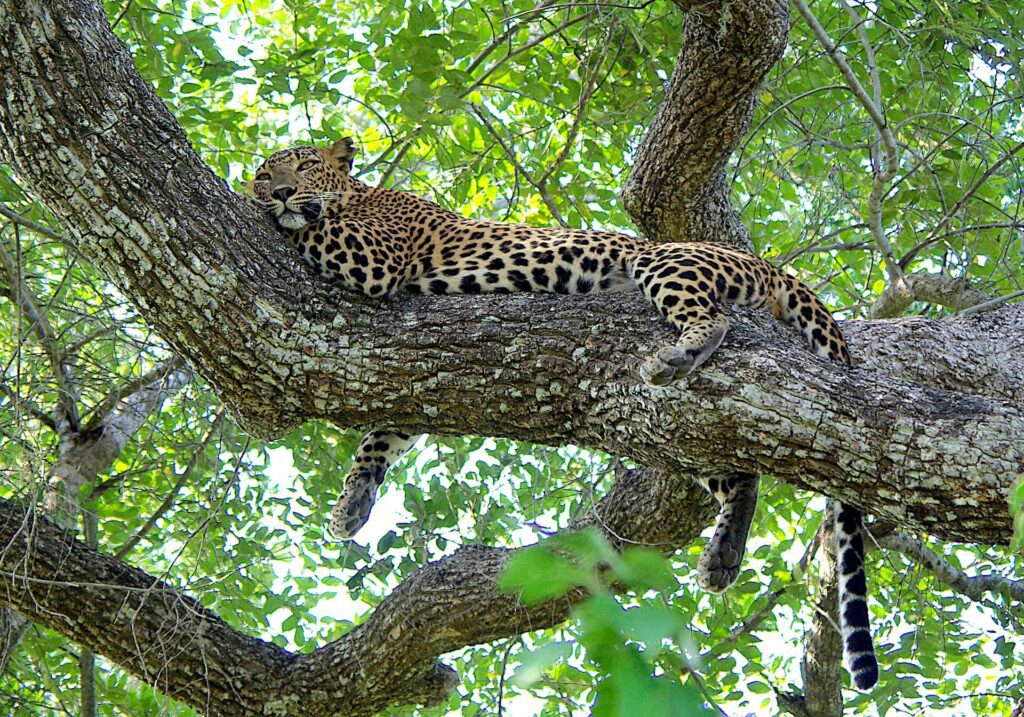

Special Events and Cultural Festivals
For a deeper dive into local customs, time your visit to coincide with an event that brings the whole community together.
Poya Days (Full Moon Celebrations)
Poya Days mark each full moon in the Sinhalese lunar calendar and are observed across Sri Lanka, especially by Buddhists, who account for around 70 per cent of the population. The religious significance of each monthly Poya varies (for example, Vesak in May commemorates the Buddha’s birth, enlightenment and death), but it’s usually a day of prayer, almsgiving and temple visits, with most shops closing and devotees forgoing alcohol and meat. Keen to see it for yourself? Kandy’s Temple of the Sacred Tooth or Colombo’s Gangaramaya Temple are particularly meaningful places to observe the day alongside locals.
Sinhala and Tamil New Year (April)
Celebrated midmonth around the country, this holiday is more cultural than religious, marking the astrological solar new year for both Sinhalese Buddhists and Tamil Hindus, and symbolising renewal, prosperity and community harmony. Festivities include the ceremonial lighting of oil lamps, visiting relatives and playing traditional games. In Galle, the streets fill with the aroma of home-cooked treats as coastal communities gather, while in highland towns like Nuwara Eliya and Ella, families get together for picnics and games in public parks.
Esala Perahera (July/August)
Held in Kandy over 10 nights in July or August, Esala Perahera is Sri Lanka’s most spectacular religious procession, honouring the Sacred Tooth Relic of the Buddha – believed to be one of his actual teeth, brought to the island in the 4th Century and enshrined in Kandy’s Sri Dalada Maligawa (Temple of the Tooth). Each night, parades fill the streets with dancers, drummers and torchbearers, and the final night’s Randoli Perahera follows a sacred route around the Temple of the Tooth, with hundreds of performers bringing centuries of tradition to life for tens of thousands of pilgrims and spectators.
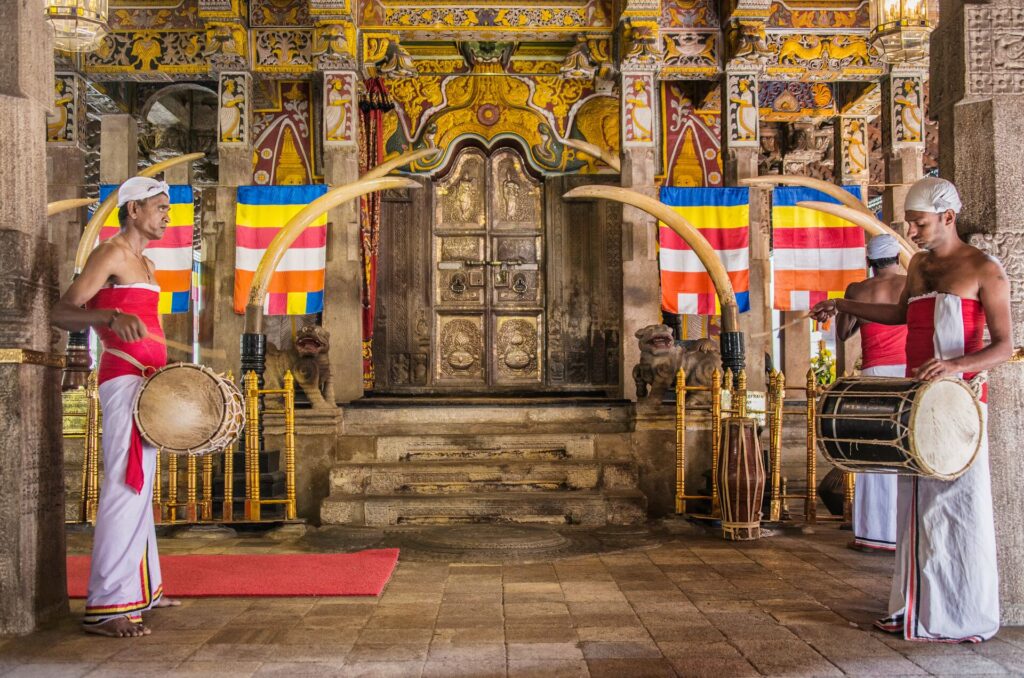

Weather Charts and Regional Considerations
If you have a specific region in mind, read on to discover what conditions to expect – and be sure to explore the official website of Sri Lanka’s Department of Meteorology for the most up-to-date weather charts according to rainfall, temperatures and forecasts across the country.
Northeast Sri Lanka
The northeastern region, encompassing Trincomalee, Batticaloa, and Arugam Bay, has its driest, sunniest weather from May to September, making it ideal for beach breaks during this period. Then, the northeast monsoon (Maha) brings significant rainfall from October to January (Trincomalee, for example, receives 1,570mm annually). During the wet season, especially in rural or low-lying areas, roads may become challenging due to flooding. Even so, temperatures remain balmy throughout the year, often exceeding 30°C, with average relative humidity levels around 80 per cent.
Colombo
Located on the west coast, Colombo maintains a hot and humid climate year-round, with average highs of 30°C. The most pleasant period is from December to March, coinciding with the dry season, when humidity is relatively lower at around 75 per cent. The southwest monsoon from May to September brings the city’s highest rainfall – which averages 2,500mm annually – usually in the form of short, intense downpours, especially in the afternoons.
Kandy
With an elevation of 500m, Kandy enjoys slightly cooler temperatures than the coast, with temperatures averaging 25°C- 28°C. The drier months from January to April are best for sightseeing and exploring the surrounding hill country. All year round, humidity averages at around 80 per cent, and the region receives about 2,200mm each year, with the heaviest precipitation falling from May to July and again from October to November.
Central Highlands (Tea Country)
The central highlands, including Nuwara Eliya, Hatton, and Ella, are situated at elevations of 1,000m to 2,000m, which means a slightly cooler climate and temperatures ranging from 18°C to 22°C. January to April is widely considered to be the best time to visit, due to the drier conditions. Rain is common from May to September, particularly in the afternoons, with Nuwara Eliya receiving an average annual rainfall of 1,600mm, while Hatton averages 3,700mm.
Our extraordinary Essence of Sri Lanka holiday is an 11-day immersion in its ancient Buddhist capitals, World Heritage sites and wildlife-rich wilderness areas.
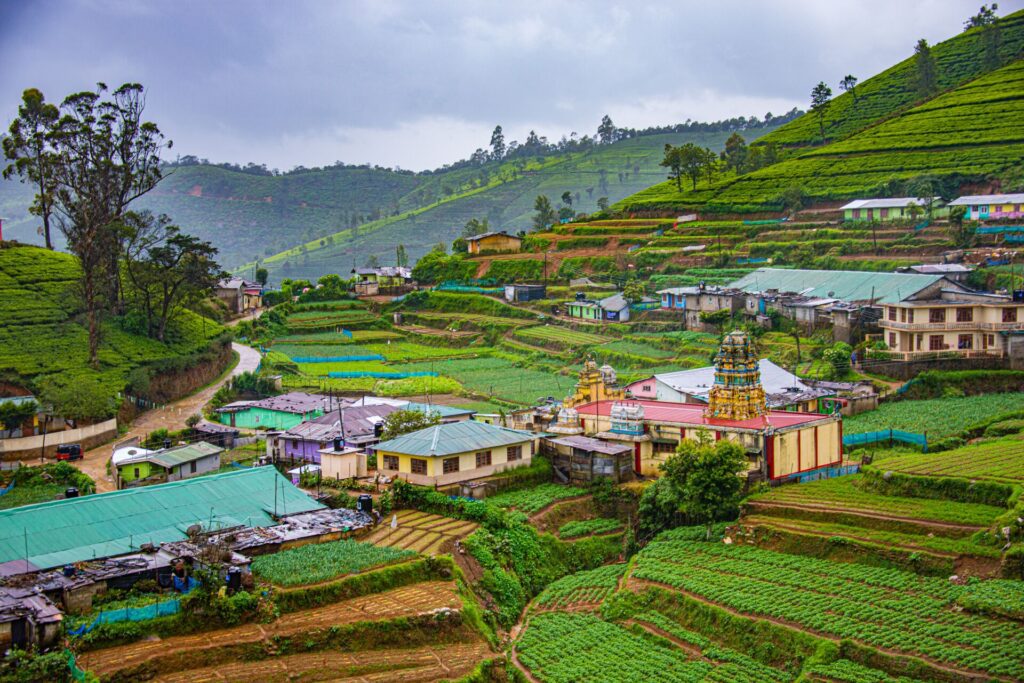

Final Tips for Planning Your Trip to Sri Lanka
All in all, the best time to travel to Sri Lanka depends on your personal preferences, but whenever you visit, these hints should come in handy:
- Know when to beach-seek. Just to recap, December to March is peak season on the south and west coasts, with dry weather and busy resorts. If you prefer fewer tourists, travel in the shoulder months of April or September to October, when conditions are still favourable across much of the island.
- Allow plenty of travel time. Getting around can take time: driving the 120km from Colombo to Kandy, for example, takes around three hours. Trains are an even slower but colourful means of exploring, but you can also take advantage of the country’s extensive domestic flight network, serviced by Cinnamon Air.
- Say thanks. Although English is widely spoken, Sinhala and Tamil are the official languages, with Sinhala more common in the southern, western, and central regions, and Tamil more prevalent in the north and east. Express your gratitude by saying thank you: in Sinhala it’s “Istuti”, while in Tamil it’s “Nandri”.
- Be prepared. Visit your doctor beforehand to ensure all your vaccinations are up to date, and visit Smart Traveller for the most recent updates.
- Tipping is customary. In restaurants, 10-15 per cent is generally appropriate, but the amount you give to guides, drivers and porters is at your discretion (but bear in mind that gratuities are a valued supplement to their income). In temples, you should also leave a nominal amount in the supplied donation boxes.
